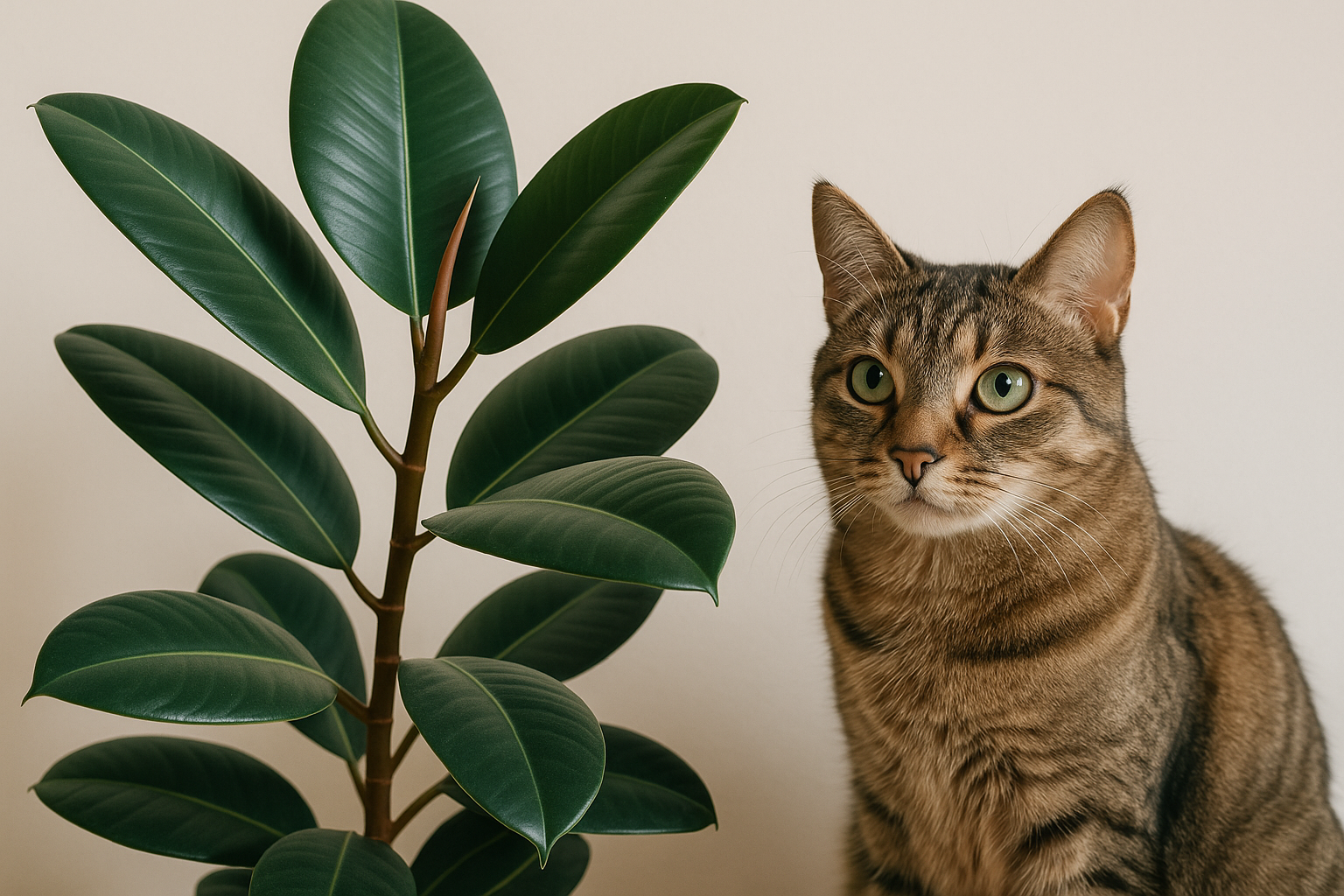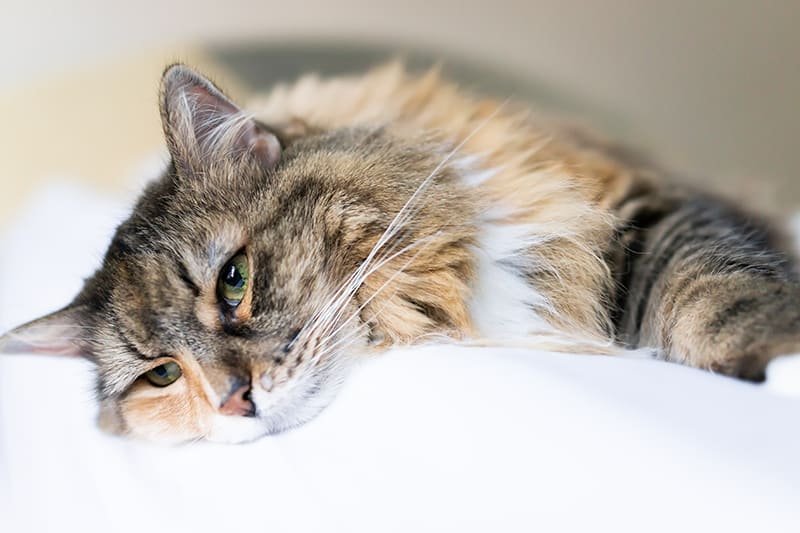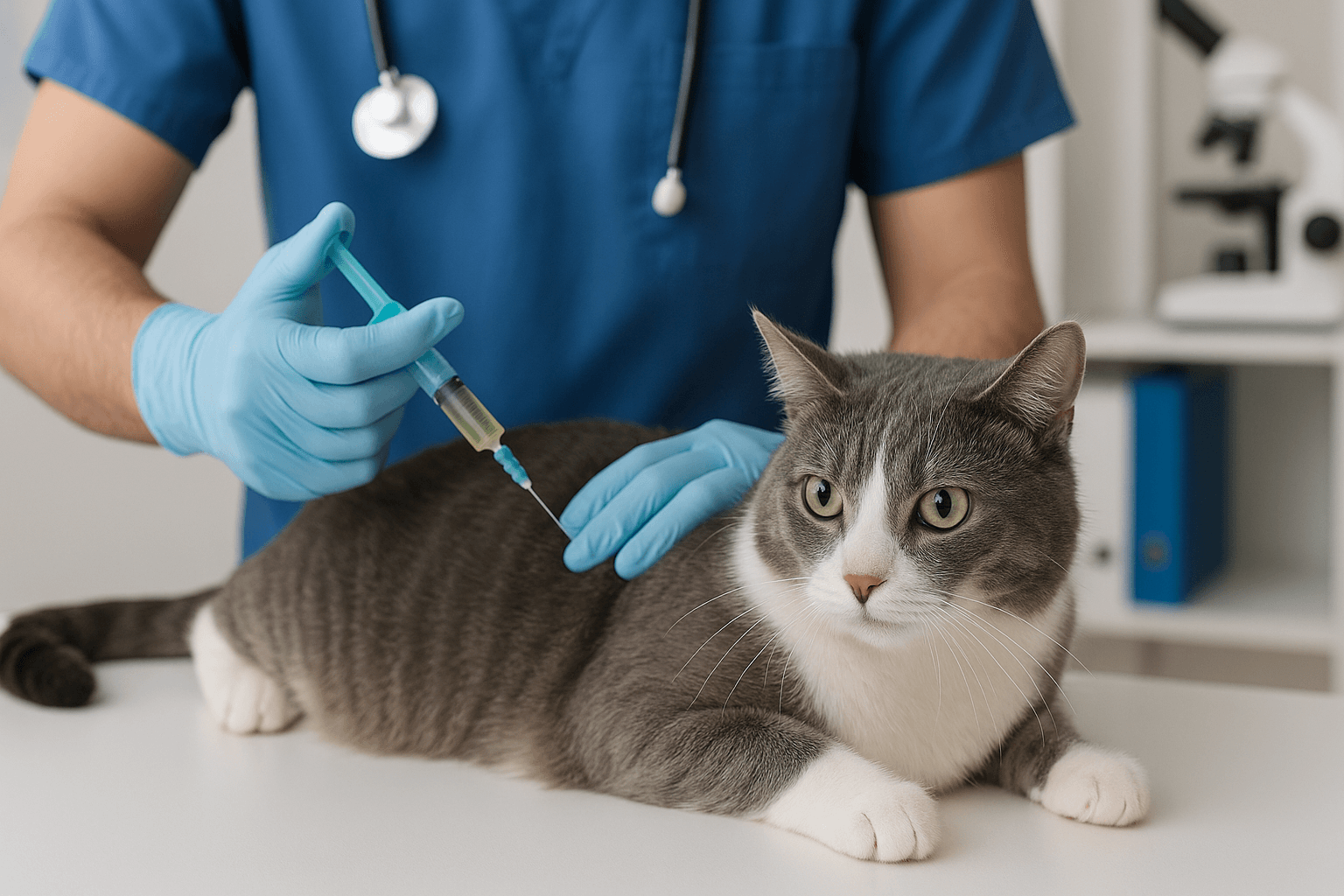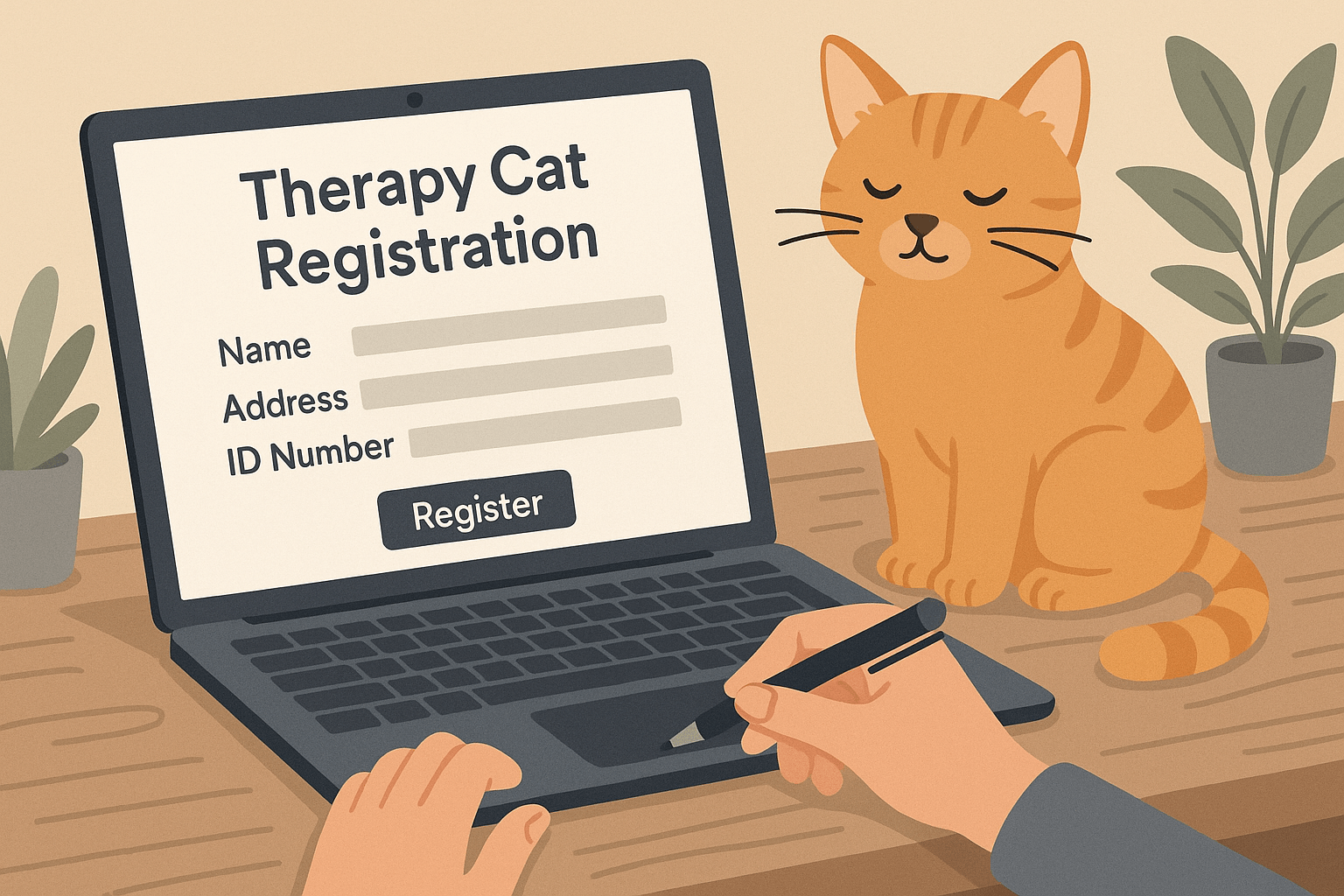Can Cats Eat Clams? What You Need to Know
Cats are curious creatures, and as responsible pet owners, it’s natural to wonder which human foods are safe for them to enjoy. Clams, with their rich flavor and nutritional profile, might seem like an appealing treat for your feline friend. But can cats eat clams? The answer isn’t as straightforward as a simple yes or no. While clams can provide some health benefits, they also come with potential risks if not prepared or served correctly. In this blog post, we’ll explore everything you need to know about feeding clams to your cat, from their nutritional value to important safety precautions. By the end, you’ll have a clear understanding of whether clams are a suitable addition to your cat’s diet.
Nutritional Benefits of Clams for Cats
Clams are packed with nutrients that can be beneficial for your cat when offered in moderation. Here’s a breakdown of the key nutritional advantages they offer.
High-Quality Protein:
Clams are an excellent source of lean protein, which is essential for muscle development and overall energy.Rich in Omega-3 Fatty Acids:
These healthy fats support skin and coat health while promoting heart and brain function.Low in Calories:
Clams are relatively low in calories, making them a guilt-free treat option for weight-conscious cats.Vitamins and Minerals:
Clams contain vitamins like B12 and minerals such as zinc and selenium, which contribute to immune system health.Hydration Support:
Their naturally moist texture can help keep your cat hydrated, especially if they don’t drink enough water.
While these benefits make clams a nutritious choice, it’s important to serve them responsibly to avoid potential downsides.
Potential Risks of Feeding Clams to Cats
Despite their nutritional value, clams can pose risks if not handled properly. Understanding these potential dangers ensures your cat stays safe while enjoying this seafood treat.
Allergic Reactions:
Some cats may be allergic to shellfish, leading to symptoms like itching, vomiting, or diarrhea.High Sodium Content:
Many commercially prepared clams are high in salt, which can be harmful to cats and lead to dehydration or sodium toxicity.Choking Hazards:
Small shell fragments or improperly prepared clams can pose choking risks or cause internal injuries.Parasites and Bacteria:
Raw or undercooked clams may harbor harmful pathogens that could make your cat sick.Digestive Upset:
Introducing clams too quickly or in large amounts can upset your cat’s stomach, causing vomiting or diarrhea.
By being aware of these risks, you can take steps to minimize potential harm and ensure a positive experience for your cat.
Check this guide 👉Can Cats Eat Dog Ice Cream? Best 7 Expert Tips!
Check this guide 👉Can Cats Eat Radishes? Best 7 Expert Tips!
Check this guide 👉Can Cats Eat Poppy Seeds? Best 7 Expert Tips!
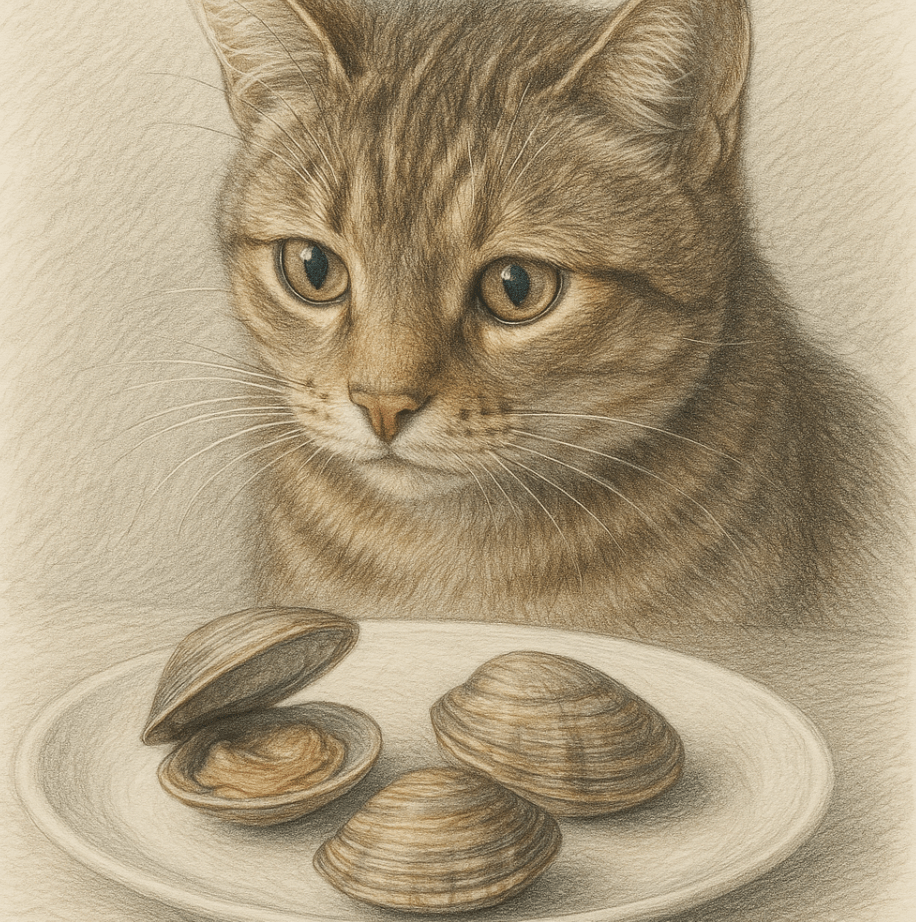
Safe Ways to Feed Clams to Cats | Risks of Unsafe Preparation |
|---|---|
Plain, cooked clams without seasoning | Clams with added salt or spices |
Small portions as an occasional treat | Raw or undercooked clams |
Remove all shells before serving | Clams with visible shell fragments |
Opt for fresh or frozen over canned | Canned clams with preservatives |
Serve at room temperature | Overfeeding clams in one sitting |
How to Safely Prepare Clams for Your Cat
If you decide to share clams with your cat, proper preparation is key to ensuring their safety and enjoyment. Follow these guidelines for a stress-free experience.
Choose Fresh or Frozen Clams:
Opt for plain, unseasoned clams rather than canned varieties, which often contain additives and excess sodium.Cook Thoroughly:
Steam or boil the clams until fully cooked to eliminate any bacteria or parasites. Avoid frying or adding oils and seasonings.Remove All Shells:
Carefully inspect the clams to ensure no shell fragments remain, as these can cause choking or internal injuries.Serve in Moderation:
Offer clams as an occasional treat rather than a regular part of your cat’s diet to prevent digestive upset.Monitor for Reactions:
After feeding, watch for signs of allergies or discomfort, such as vomiting, diarrhea, or excessive scratching.
By following these steps, you can safely introduce clams into your cat’s diet without compromising their health.
Signs Your Cat May Not Tolerate Clams
Even with careful preparation, some cats may not tolerate clams well. Recognizing these warning signs allows you to act quickly and protect your cat’s well-being.
Gastrointestinal Issues:
Vomiting or diarrhea shortly after eating clams indicates digestive distress.Skin Irritation:
Itching, redness, or swelling could signal an allergic reaction to shellfish.Lethargy or Discomfort:
A sudden lack of energy or signs of pain might suggest foodborne illness or poisoning.Excessive Drooling:
Unusual drooling can indicate nausea or difficulty swallowing.Refusal to Eat:
If your cat avoids clams or shows disinterest, it may mean they don’t enjoy or tolerate them.
Recognizing these symptoms early ensures prompt action, whether it’s discontinuing clams or consulting your veterinarian.
Common Mistakes to Avoid When Feeding Clams to Cats
Feeding clams to your cat requires attention to detail to avoid mistakes that could harm their health. Here are some pitfalls to steer clear of.
Using Seasoned or Spicy Clams:
Ingredients like garlic, onion, or spices can be toxic to cats and should never be included.Ignoring Portion Sizes:
Feeding too many clams at once can overwhelm your cat’s digestive system and lead to upset.Skipping Shell Removal:
Even small shell fragments can cause injuries, so always double-check for remnants.Assuming All Cats Will Like Clams:
Just like humans, cats have individual preferences; some may turn up their noses at seafood.Neglecting Veterinary Advice:
Consult your vet before introducing new foods, especially if your cat has existing health conditions.
Avoiding these mistakes ensures a safer and more enjoyable experience for your cat.
Alternatives to Clams for Nutritional Variety
If you’re hesitant about feeding clams, there are plenty of other seafood options and treats that provide similar nutritional benefits.
Cooked Salmon:
Rich in omega-3 fatty acids, salmon supports skin and coat health but should be served plain and bone-free.Tuna in Water:
Occasional servings of plain tuna (in water, not oil) can be a tasty treat, though it shouldn’t replace regular meals.Shrimp or Crab:
Cooked shrimp or crab offers protein and nutrients but must be free of shells and seasonings.Bone Broth:
A homemade, low-sodium bone broth can provide hydration and nutrients without the risks of solid seafood.Commercial Cat Treats:
Specially formulated treats designed for cats ensure balanced nutrition and safety.
These alternatives allow you to diversify your cat’s diet while minimizing potential risks.
Understanding Your Cat’s Dietary Needs
Before introducing any new food, including clams, it’s important to understand your cat’s unique dietary requirements.
Obligate Carnivores:
Cats require a diet primarily composed of animal-based proteins, making seafood like clams a logical but supplemental choice.Hydration Importance:
Cats often struggle to drink enough water, so moisture-rich foods like clams can aid hydration.Balanced Nutrition:
Treats should never exceed 10% of your cat’s daily caloric intake to maintain a balanced diet.Individual Preferences:
Every cat has different tastes and tolerances; observe how your cat reacts to new foods.Veterinary Guidance:
Regular check-ups and discussions with your vet ensure your cat’s diet meets their specific needs.
Understanding these factors helps you make informed decisions about your cat’s nutrition and overall well-being.
Frequently Asked Questions About Cats and Clams
Can cats eat raw clams?
No, raw clams may contain harmful bacteria or parasites. Always cook clams thoroughly before serving.
Are canned clams safe for cats?
Most canned clams are high in sodium and preservatives, making them unsuitable for cats. Stick to fresh or frozen options.
How often can I feed my cat clams?
Clams should only be given as an occasional treat, no more than once or twice a month, to avoid dietary imbalance.
What should I do if my cat has an allergic reaction?
Contact your veterinarian immediately if you notice signs of an allergic reaction, such as itching or vomiting.
Can kittens eat clams?
Kittens have sensitive digestive systems, so it’s best to avoid feeding them clams until they’re older and fully developed.
Feeding Clams to Your Cat: A Balanced Approach
While clams can be a nutritious and enjoyable treat for cats, they must be offered with caution and care. By understanding the benefits, risks, and proper preparation methods, you can safely incorporate clams into your cat’s diet without compromising their health. Always prioritize moderation and monitor your cat’s response to new foods. Remember, every cat is unique, so what works for one may not suit another. With thoughtful consideration, you can provide your feline companion with a varied and enriching diet that keeps them happy and healthy.
Is the Rubber Tree Cat Safe? Best 7 Expert Tips! Discover expert advice on keeping rubber plants safely in cat-friendly homes and learn top tips for pet-safe plant care.
Low Red Blood Cell Count in Cats: Best 7 Expert Tips! Discover causes, symptoms, and treatment options for feline anemia. Learn how to support your cat’s health effectively with expert advice.
Understanding Megacolon Treatment: Best 7 Expert Tips! Discover effective strategies to manage feline megacolon, from dietary changes to surgical options, ensuring your cat’s comfort and long-term health.
How to Register a Therapy Cat: Best 7 Expert Tips! Discover essential steps to certify your cat as a therapy animal, prepare them for training, and make a meaningful impact in therapeutic settings.

